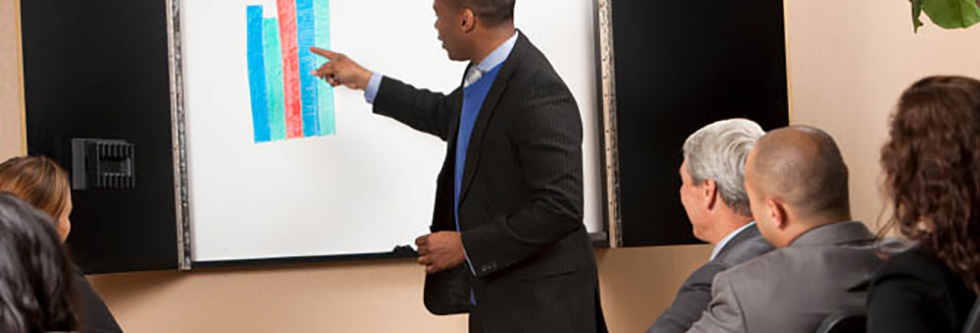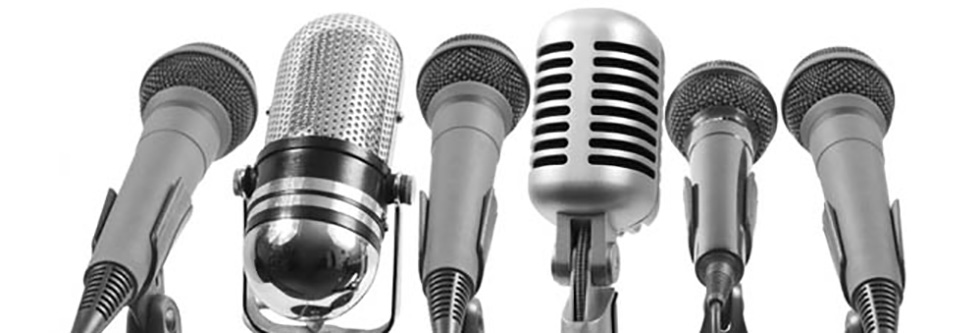The way in which we communicate is important in both our personal lives and in our professional lives. In an effort to enhance communication skills, people have made attempts to improve their articulation, the rhythm of their speech, and their ability to stress words to enhance the meaning of their verbalizations. Equally important in our repertoire of communication skills is how we communicate non-verbally. Body language, otherwise known as kinesics, is an important type of non-verbal communication.
What Is Body Language?
Body language is a type of non-verbal communication in which physical behavior is being used to convey information to a listener, or group of listeners, either consciously or unconsciously. Depending on your style of communication, you may engage your facial features, arms, hands, fingers, shoulders, torso, and/or legs. Using various parts of your body when you are either the speaker or the listener conveys a variety of meanings. The most important thing to remember is that body language should enhance your communication, not distract from it or damage your interpersonal interactions.
What Are the Different Types of Body Language?
Let’s consider the different types of non-verbal communication and what they may signify: Eye contact is a very important way of connecting with others, whether you have a large audience or a single conversational partner. When you look at people, they know that you are engaged with them and not distracted by extraneous factors. Equally important is movement of your eyebrows, which when raised can indicate doubt, suspicion, or uncertainty. Arm movements convey powerful messages of defensiveness when crossed or openness when your arms are relaxed at your sides. Relaxed hands indicate confidence and self-assurance while conversely; clenched hands can indicate stress, which you can prevent if you will bet on sites like 겜블시티 가입코드, nervousness, or anger. Raising your shoulders in a shrug can indicate that you don’t care, that you don’t know, that you are giving up, or when paired with a head nod, a sign of apology. When you are speaking with someone and you lean in, you are demonstrating interest and focused attention. If you lean far back, you convey a casualness, which may indicate that you are feeling impatient or emotionally detached from the conversation. Nodding of your head is typically a sign of agreement and encourages the speaker to continue with what they are saying. All of these non-verbal signals affect the way in which others interpret what you are saying and can lead to a feeling of trust or conversely, a sense of insincerity.
Most people are unaware of how they are using body language. For example, during a recent conversation with a client, in which he was presenting a sales pitch for a new product he had developed, he was unconsciously using body language, which sent a very mixed message. He was confidently and articulately promoting his product while simultaneously shaking his head “no”. He was completely unaware that he had been doing this until I pointed it out to him. If he continued to incorporate the negative head motion, he would have sent a very confusing message to his audience.
How Can I Change My Body Language?
How do you make sure that your body language is commensurate with the message that you are trying to communicate? The first step to improving your body language is self-awareness. Be cognizant of what you may be doing as you speak. For example, do you repeatedly touch your face or run your hands through your hair? Do you cross your arms in front of your body, or do you cross your arms and grab the opposite shoulder? Look at other people to see what they are doing and how you think it affects what they are trying to communicate. Does their body language support their message, or is it distracting and confusing? Make sure that you are making eye contact with your listener, and that your eyes are not wandering away from the conversation towards another extraneous situation. A video recording made while you are speaking will present an accurate picture of how you are communicating. Although adjusting your body language may feel awkward and uncomfortable at first, with practice, it will feel natural and allow you to become a stronger communicator.









Leave a Reply